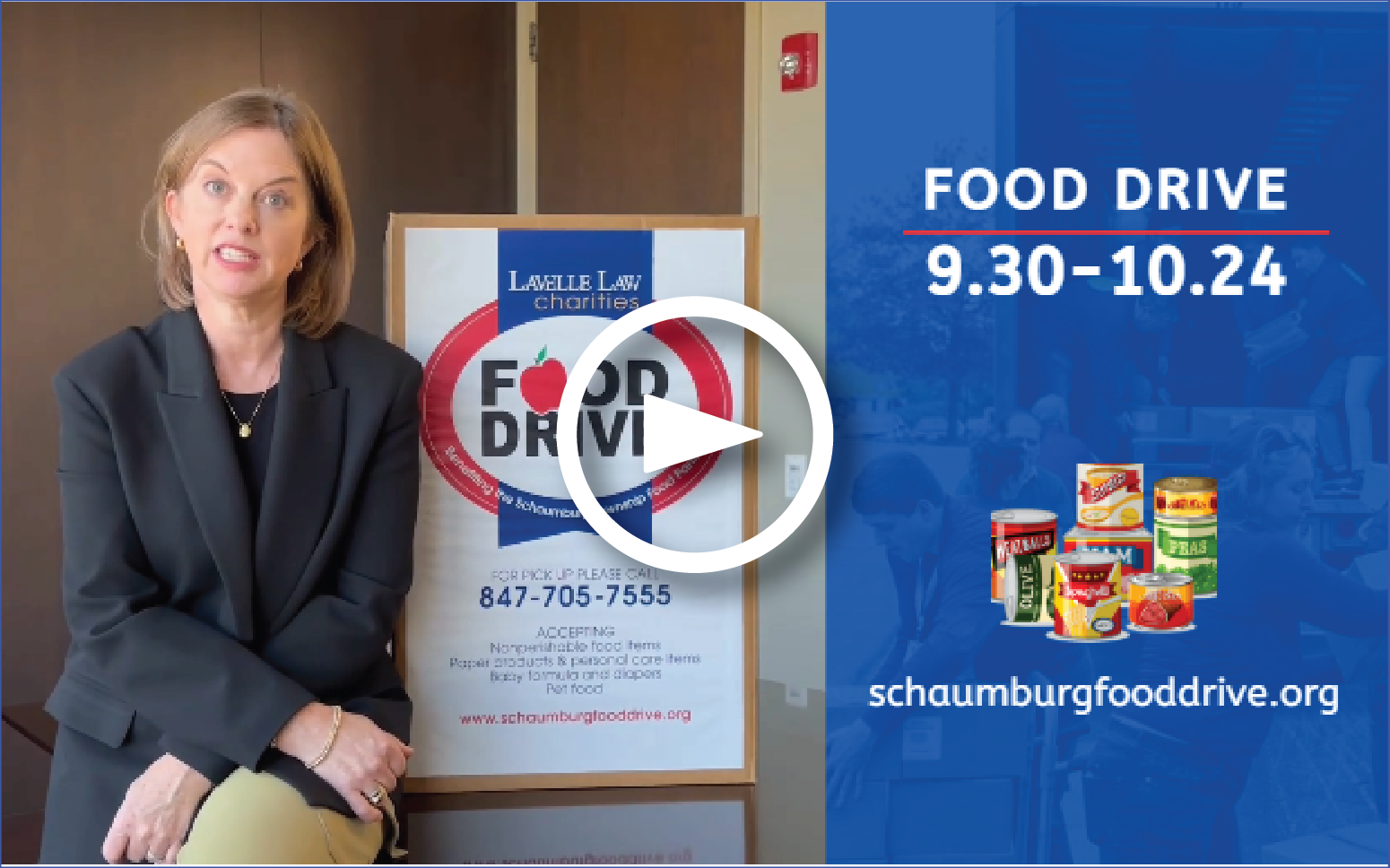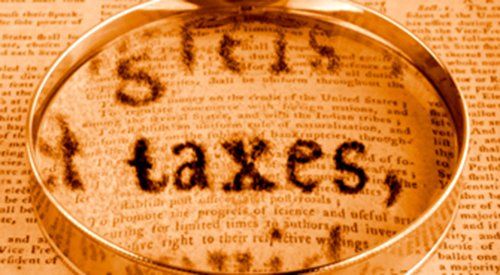Banking and Business Monthly – March 2020
Steven A. Migala • March 3, 2020
BABY BOOMERS and ESOPs
Baby Boomers are Business Owners
There are more than 2.34 million small businesses in the United States owned by baby boomers. These businesses employ more than 25 million people. A study by Wilmington Trust shows that more than 58% of these boomers have no succession plan. Failure to plan can have a significant impact on our economy as boomers age, have health problems or fail to adapt their business to changing business cycles. This failure to plan affects not only the business owners but also the families of the millions of people who work for them.
Proper Succession Planning is Critical
It is inevitable that the boomer business owner is going to have to deal with succession planning issues. Therefore, it is important that the boomer plan ahead and prepare the business for sale. He or she must perform necessary housekeeping, and anticipate the questions and concerns of a prospective buyer. A qualified advisory team can help navigate the sales process and provide important guidance as to the value of the business and how to protect the owner’s interest.
When Boomers Have to Sell, Who Will Buy?
Sometimes a business owner will want to transition the ownership of the business to family members. However, often there is no family member wanting to take over the business and the boomer must sell his or her business. The sale might be to a strategic third party buyer, a private equity firm, or to the company’s management team. Frequently, there are no potential buyers. An often overlooked strategy is to sell to an employee stock ownership plan (“ESOP”).
What is an ESOP?
An ESOP is a qualified employee benefit plan with a variety of tax benefits. It is designed to give employees an ownership stake in their company by investing in shares of stock of the sponsoring employer. It can also serve as a retirement plan similar to 401(k) and profit sharing plans. There are a variety of financing options available to ESOPs and they provide a great deal of flexibility to boomers considering their future plans for the business.
ESOPs Can Provide Significant Tax Benefits
A sale to an ESOP is the only strategy available whereby the stock of a selling shareholder can be acquired by his or her corporation utilizing pre-tax rather than after-tax earnings. The corporation makes tax-deductible contributions to an ESOP and the ESOP uses the contributions to make payments on notes issued as payment for the stock from the selling shareholders. Use of pre-tax earnings may provide significant cash flow benefits to the corporation.
Certain tax benefits available to the corporation and its shareholders are a function of whether the corporation which sponsors the ESOP is a “C” corporation or an “S” corporation. For example, a C corporation shareholder selling his stock to an ESOP may defer income taxes on the gain if certain conditions are met. Properly structured, this deferral can be a permanent tax deferral. An S corporation partly or wholly owned by an ESOP (a tax-exempt trust) pays no income taxes on the corporation’s income which is allocated to the ESOP. Maximum tax savings are sometimes achieved when a C corporation established an ESOP, the ESOP purchases the stock of one or more shareholders and the corporation then elects S status. In this situation, the shareholders might be able to pay no tax on the sale of their C corporation stock because their gain is deferred and the ESOP would pay no taxes on its share of the future earnings of the corporation because the corporation has elected S status.
Non-Tax Benefits of an ESOP
Unlike other retirement plans, an ESOP can borrow money to acquire company stock, thereby creating a market for the stock of selling shareholders who want to sell their stock. The borrowed funds can be repaid using pre-tax dollars. ESOPs can also be used to make matching contributions to a 401(k) plan. Research has shown that employees who participate in an ESOP are much more productive, more satisfied and have higher retention rates.
ESOP Financing
An ESOP can be leveraged or non-leveraged. A leveraged ESOP uses borrowed funds to purchase company stock. Many banks are eager to finance ESOP transactions. Usually, the loan is made to the company, who then loans the money to the ESOP. The ESOP uses the funds to partially finance the purchase of stock from the selling shareholders. Banks rarely loan 100% of the transaction amount, so the selling shareholders must seller-finance the remaining amount.
A non-leveraged ESOP is funded by the sponsoring employer contributing newly issued or treasury stock which is then allocated to the plan participants. The employer may also contribute cash which the ESOP can use to make installment purchases of stock from selling shareholders.
Summary
Sooner or later, all business owners will have to deal with succession planning. For many baby boomer business owners, that time may be sooner rather than later. Successful succession planning requires consideration of multiple scenarios. An evaluation of the benefits of an ESOP should be a part of that planning. The ability of the corporation to deduct principal payments on stock purchases, the resources available for obtaining outside financing and the flexibility of an ESOP in designing innovative succession planning strategies make sales of stock to an ESOP a preferred solution for many succession planning clients.
Should you or someone you know own a business organized as a corporation and wants more information about ESOPs as a succession planning strategy, feel free to have them contact me at smigala@lavellelaw.com
or at (847) 705-7555.
More News & Resources
Lavelle Law News and Events

The Illinois General Assembly enacted Public Act 1738, amending several provisions of the Illinois Code of Civil Procedure to raise debtor exemption limits effective 1.1.26. The new law provides expanded protection for residents, marking the most significant increase to the state’s exemption statutes in over a decade.

The 2025 Lavelle Law Charities Food Drive benefiting the Schaumburg Township Food Pantry has begun! Join us in our efforts to bring food, dignity, and hope to residents in need who rely on the food pantry. The need is greater than ever this year, as the food pantry serves over 1,300 households each month!









